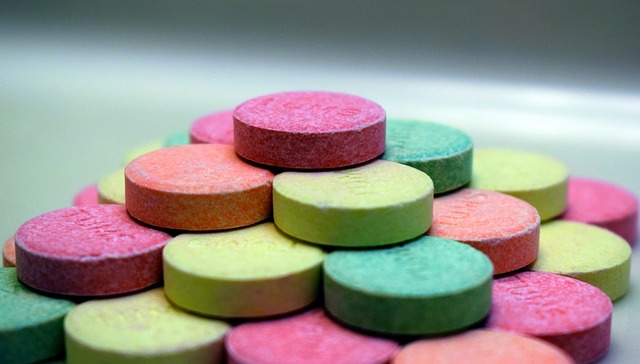The number of children and teenagers likely to be poisoned by opioids prescribed for other family members are rising, a new study shows. The rate of hospitalization for kids getting poisoned by prescription painkillers has increased 165% from 1997 to 2012 – that makes 3.71 children per 100,000.
Julie Gaither, a postdoctoral fellow at Yale School of Public Health and lead author on the study says, “Opioids are ubiquitous now.” She adds,
Enough opioids are prescribed every year to put a bottle of painkillers in every household. They’re everywhere, and kids are getting into them.
The study analyzed over 13,000 hospital records from 1997 to 2012 for cases of opioid poisonings from the Agency for Healthcare Research and Quality, NPR reports.
The information stopped in 2012, so there may be more recent trends that have not been recorded. But the findings are consistent with current rates of opioid abuse and addiction in adults, which have decreased since 2012, but remain high. The recent surge in opioid-related deaths is also troubling experts and health officials.
Toddlers going to the hospital for opioid-related incidents almost doubled, from 0.86 per 100,000 to 2.62 per 100,000. The researchers say it’s possible that kids think the pills are candies or treats, are they can be dispensed as flavored items.
Teenagers are the most likely to be hospitalized for overdosing on prescription painkillers, with higher chances of deliberate misuse. The researchers say it might be because adolescents are more likely to get depressed or commit suicide. In 2012, 10.17 per 100,000 teens were brought to the hospital for opioid poisoning.
Gaither and the co-authors on the study say that these results indicate the need for public health measures that address both overprescribing and awareness about safe storage of such medications. Doctors should instruct patients on proper handling and storage when here are children in their homes, Gaither says.
Jonathan Chen of Stanford Medicine says that while that would be ideal, doctors already face a mountain of challenges in handling sensitive topics with patients. They are not always conditioned to consider how a patient’s drugs might affect family members. Chen was not involved with the study, but has researched on prescription opioids and there effect on primary care.
Doctors may not also think that toddlers are at a risk of opioid poisoning, at it is seen mainly as an adult or teen problem. Sharon Levy, director of the adolescent substance abuse program at Boston Children’s Hospital and associate professor of pediatrics at Harvard Medical School, says that the paper emphasizes how the opioid problem has no age limits in the USA.
It’s also unclear what the effects of opioid ingestion may be for kids. Levy, who was not involved with the study, says there are short-term risks and even death, as children are not meant to take painkillers.
The study shows that doctors need to be more careful in prescribing opioids to teenagers. Around one in 10 high school kids reportedly take opioids for no medical reason. Close to 40% of them say they got their drugs from prescriptions.
The Centers for Disease Control and Prevention has been asking doctors to prescribe opioids for just a few days to reduce the number of leftover pills. Many people don’t know how to dispose of drugs, making them easier for teens and kids to get their hands on them, Gaither says.
Gaither says the risk opioids have on children’s health should not be overlooked. “We’ve got to pay attention to children and the toll the opioid crisis is taking on them. Kids make up about a fourth of the U.S. population, and they’re suffering from this crisis, too.”
The study was published in JAMA Pediatrics.
























